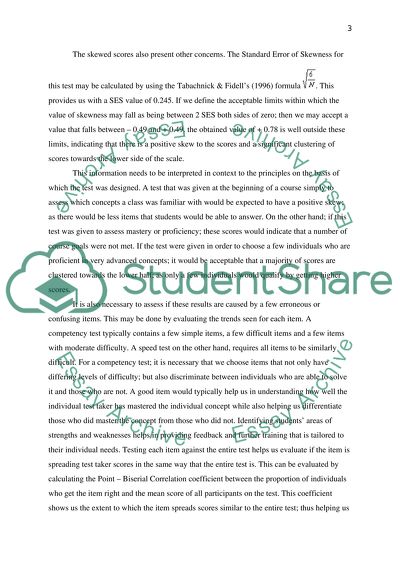Cite this document
(“Item Analysis Assignment Example | Topics and Well Written Essays - 1000 words”, n.d.)
Retrieved from https://studentshare.org/statistics/1431388-item-analysis
Retrieved from https://studentshare.org/statistics/1431388-item-analysis
(Item Analysis Assignment Example | Topics and Well Written Essays - 1000 Words)
https://studentshare.org/statistics/1431388-item-analysis.
https://studentshare.org/statistics/1431388-item-analysis.
“Item Analysis Assignment Example | Topics and Well Written Essays - 1000 Words”, n.d. https://studentshare.org/statistics/1431388-item-analysis.


